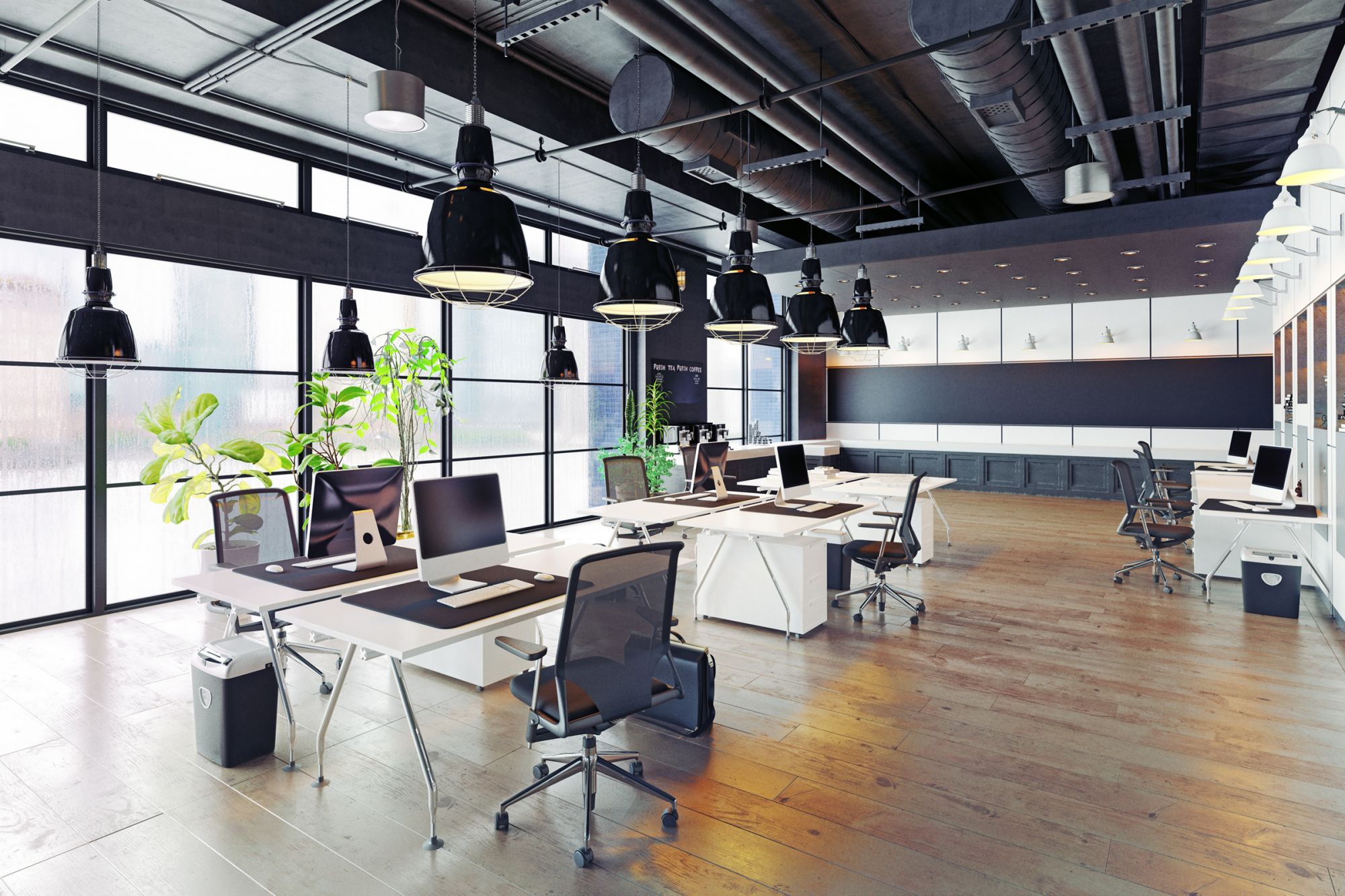Introduction
In the rapidly evolving landscape of interior design, technology has emerged as a game-changer, redefining the way corporate spaces are conceived and utilized. The fusion of cutting-edge technology with traditional interior design principles has given birth to the concept of “Smart Office Solutions.” This article explores the pivotal role that technology plays in modern corporate interior design, emphasizing its impact on productivity, efficiency, and the overall workplace experience.
Embracing Technology in Interior Design
The field of interior design has come a long way from simply beautifying spaces. In today’s corporate world, it is imperative to create environments that foster productivity, collaboration, and well-being among employees. To achieve this, interior designers are increasingly turning to technology as a strategic tool.
Enhancing Efficiency
One of the primary benefits of integrating technology into corporate interior design is the enhancement of efficiency. Smart office solutions often incorporate automation and connectivity, allowing for seamless control of various aspects of the workspace. Lighting, climate control, and security can be managed through a centralized system, leading to energy savings and improved operational efficiency.
Improving Connectivity
In the modern workplace, connectivity is crucial. Technology facilitates the creation of interconnected spaces where employees can collaborate effortlessly. Video conferencing systems, interactive whiteboards, and smart communication tools enable real-time collaboration, breaking down geographical barriers and promoting efficient teamwork.
Personalizing the Workspace
Technology allows for personalization on a whole new level. Employees can customize their workspaces to suit their preferences. Adjustable desks, ergonomic chairs, and ambient lighting can be controlled through smartphone apps or voice commands, creating a tailored and comfortable working environment.
Promoting Well-Being
Interior design is increasingly focused on promoting the well-being of employees. Smart office solutions include features like circadian lighting that adjusts to mimic natural daylight, which can positively impact mood and productivity. Additionally, indoor air quality monitoring systems can provide employees with a healthier and more comfortable workspace.
Sustainability and Green Design
Technology has also played a significant role in advancing sustainability in corporate interior design. Energy-efficient lighting, smart sensors that optimize energy usage, and materials made from recycled or eco-friendly sources are all elements that can be seamlessly integrated into the modern office space.
Data-Driven Decision-Making
Another aspect where technology excels is in providing data-driven insights. Smart office solutions often come equipped with sensors that collect data on space utilization and employee behavior. This information can be analyzed to make informed decisions about space planning, resource allocation, and workflow optimization.
Security Measures
In an era of heightened cybersecurity concerns, technology has a crucial role to play in ensuring the safety of corporate spaces. Advanced security systems, including biometric access control and surveillance, can be integrated into the design seamlessly, offering peace of mind to both employees and management.
Future-Proofing Design
Incorporating technology into corporate interior design isn’t just about addressing current needs but also future-proofing the workspace. The rapid pace of technological advancement means that workplaces must be adaptable and capable of integrating new technologies as they emerge.
Conclusion
In conclusion, technology is revolutionizing the field of interior design, particularly in corporate settings. Smart office solutions are no longer a luxury but a necessity in creating dynamic, efficient, and employee-centric work environments. Hiring an Interior design company is the right decision as they will help in leveraging technology to not only improve aesthetics but also enhance functionality, connectivity, and sustainability via their best interior designing work. As the world continues to evolve, technology-driven interior design will undoubtedly play a pivotal role in shaping the way we work and interact with our corporate spaces.
